As a tech journalist and TV reviewer working in the industry for over two decades, I get the opportunity to see and hear tech gear like TVs, soundbars, video components and audio systems, sometimes well before they get released to the general public. It’s one of the fun parts of the job.
These early previews give me, and fellow tech journalists, TV reviewers and content creators like Caleb Denison, Al Griffin, Steven Cohen, Stop the Fomo, Brandon Walsh (B The Installer), Brian from Brian’s Tech Therapy, Ealan Osborne, David Katzmaier, Ty Pendlebury, Kevin Lee, John Higgins, Geoff Morrison, Kate Kozuch, Christine Persaud, Channa D. (Techno Dad), and many others, the ability to check out the latest tech gear in some detail before it hits the market. This way, we can compose our opinions and thoughts before these products make it into the hands of consumers and make informed recommendations about these products when they hit the streets. This also allows potential buyers to make educated buying decisions before they invest their hard-earned cash in the latest gear. But sometimes these early peeks can lead to a certain amount of frustration.

This Spring, Samsung invited me (and many of the folks named above) to check out their new TVs and soundbars at their QA Labs in NJ. We had the ability to spend some quality time with Samsung’s latest TVs and soundbars well before they began shipping to customers. In order to do so, we had to sign NDAs (non-disclosure agreements) which basically say that we won’t discuss certain aspects of our observations before a certain date and time. In this specific case, Samsung set multiple NDA dates for “pricing and details” and for “reviews” for their various TVs and soundbars. Basically, we had to agree to only share the pricing, specs and other details of some products on one date, but share our subjective opinions and measurements of these same products on different dates.
Different Regions, Different Rules
Honestly, this is pretty standard practice. But unfortunately, companies sometimes set different rules depending on geographic regions, leaving some areas of the world with more information than others. To be specific, reviewers like Vincent Teoh of HDTV Test (based in the UK) were not only allowed to publish opinions earlier, they were sent review samples of TVs, like the S95F QD-OLED weeks ago, while reviewers and tech journalists in the U.S. were left in the lurch, effectively gagged from discussing any of our observations until weeks later.
I tested Samsung’s S95F QD-OLED at Samsung’s QA Labs four weeks ago, but I still am not allowed to tell you what I thought about that. I, like everyone else there, have to wait to share those opinions until April 14th. Expect to hear a whole lot more about the S95F on or after that date. Was it great? Was it terrible? Don’t ask me. I’m not allowed to say.
But I will say this: Vincent Teoh is a top-notch TV reviewer. And I am super happy for him that he was able to test and review Samsung’s latest TVs and share his opinions with the world first. You can watch his review of the S95F OLED compared to Samsung’s 2024 flagship, the S95D here. But this seemingly capricious treatment by Samsung of tech journalists in other regions leaves us in the community – and US consumers – at a disadvantage when it comes to sharing or learning the details about Samsung’s products compared to the competition. And for those of us who rely on being among the first out there to publish reviews and opinions on the latest gear, it presents a serious disadvantage. By now, most of us have seen LG’s and Sony’s latest flagship TVs and we can talk freely about what we have seen. But if I tell you that I liked – or didn’t like – Samsung’s flagship QD-OLED TV for 2025 based on my observations at the event, I can get in big trouble. So I won’t.
I will tell you about the pricing of the new OLEDs, the new Frame Pro TV and the new soundbars, though, because Samsung told me I can do that as of April 9th. Pricing listed below is MSRP (Manufacturer’s Suggested Retail Price). Actual street pricing may vary. So please enjoy the pricing information for the following Samsung TVs and soundbars. And please come back on or after April 14th to hear what I actually thought about these new products.
Update: You can get my thoughts on the S95F OLED, 8K MiniLED TVs and Samsung’s 2025 soundbars here on our YouTube channel:
Samsung S95F OLED – the Glare Free King of 2025? (video)
Hands On with Samsung’s 2025 8K TV, the QN990F (video)
Samsung’s 2025 Soundbars Compared: HW-QS700F vs. HW-Q990F (video)
Samsung 2025 OLED TV Pricing (MSRP) and Details
S95F OLED TV with Glare-Free Technology
The flagship S95F series (available in 55” – 83” screen sizes) features Samsung’s latest version of their “Glare-Free” technology. This reduces reflections from sunlight or ambient room lighting. The S95F also boasts the company’s brightest-ever OLED screen, enhanced with OLED HDR Pro – ensuring the series can maintain the impressive contrast and color accuracy OLEDs are known for. In sizes up to 77 inches, the S95F uses a QD-OLED panel from Samsung Display. We believe the 83-inch model will use a Primary RGB Tandem OLED panel from LG Display (will confirm once it’s available). But the company claims similar picture performance in all screen sizes.
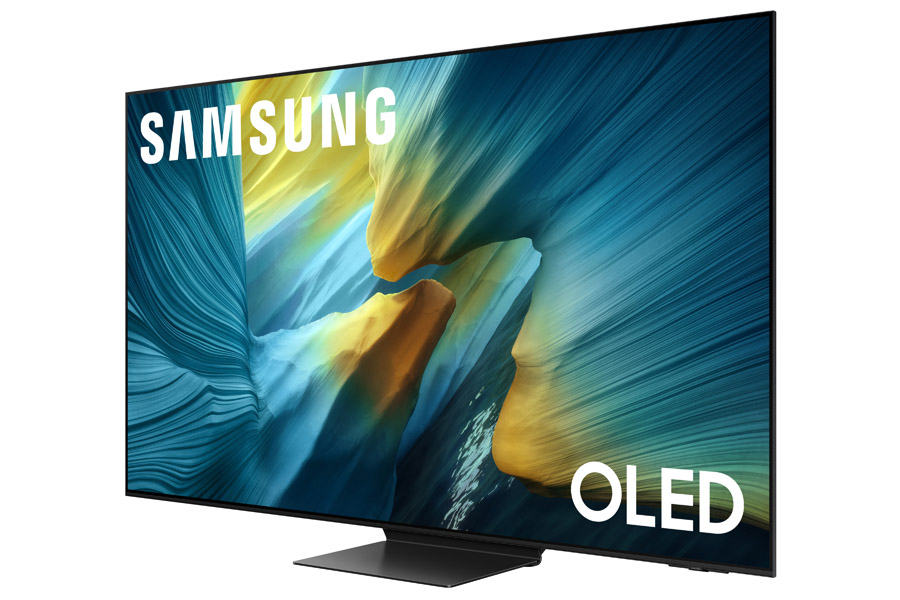
The S95F features the company’s most powerful NQ4 AI Gen3 Processor that optimizes contrast, brightness, depth and color across scenes. For gamers, Motion Xcelerator and a native165Hz panel ensure smooth motion and fast response time from games.
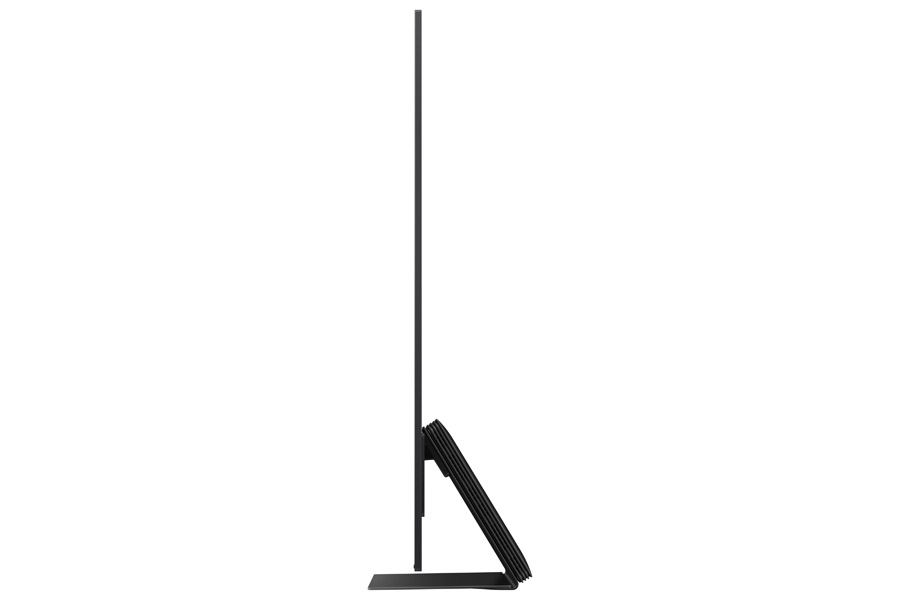
The S95F series (55″ – 77″ screen sizes) are available now with the 83″ class size rolling out in the near future.
S95F Pricing
- 77” Class S95F: $4,499 at Samsung | Amazon
- 65” Class S95F: $3,299 at Samsung | Amazon
- 55” Class S95F: $2,299 at Samsung | Amazon
S90F OLED TV
The S90F series is similar in many respects to the S95F, but without the glare-free screen coating and with a 144Hz panel refresh rate (compared to 165 Hz on the S95F). The S90F will be available in 42 inch to 83 inch screen sizes. It also features Samsung’s NQ4 AI Gen3 Processor for enhanced picture quality and Samsung Vision AI experiences. It includes the company’s 4K AI Upscaling Pro which upgrades any input signal to the set’s native 4K resolution.
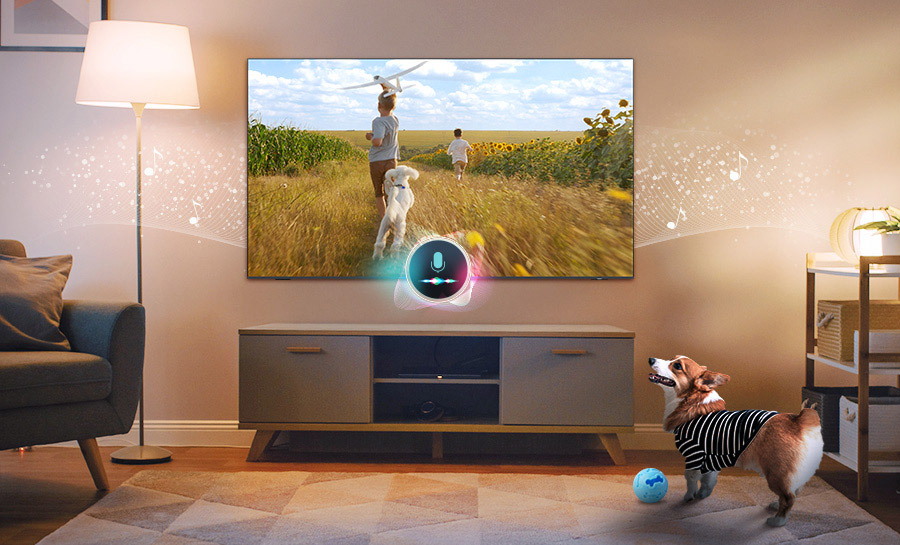
OLED HDR+ processing analyzes each scene to bring out details. The set features a native 144 Hz panel with Motion Xcelerator for gaming. AI Motion Enhancer Pro
sharpens and smooths fast moving objects – like a golf ball or hockey puck – for enhanced viewing of sports and other content with lots of fast motion.
S90F OLED TV Pricing
- 83” Class S90F: $5,399 at Samsung | Amazon
- 77” Class S90F: $3,499 at Samsung | Amazon
- 65” Class S90F: $2,499 at Samsung | Amazon
- 55” Class S90F: $1,799 at Samsung | Amazon
- 48” Class S90F: $1,499 at Samsung | Amazon
- 42” Class S90F: $1,299 at Samsung | Amazon
S85F OLED TV
The S85F series will be available in screen size from 55 to 83 inches. This entry-level OLED TV from Samsung features the Gen2 version of their NQ4 AI processor and a 120 Hz native panel with Motion Xcelerator for gamers.
S85F OLED TV Prices
- 83” Class S85F: $4,499 at Samsung | Amazon
- 77” Class S85F: $2,999 at Samsung | Amazon
- 65” Class S85F: $1,999 at Samsung | Amazon
- 55” Class S85F: $1,499 at Samsung | Amazon
The Frame Pro
Samsung also announced pricing today for their new art TV, The Frame Pro. The Frame Pro uses MiniLED to improve brightness and contrast compared to the standard “The Frame” TV. Although The Frame Pro uses edge-lighting (instead of full array backlighting), Samsung says it does still include local dimming technology, albeit with far fewer lighting zones than the company’s fully backlit Neo QLED TVs.
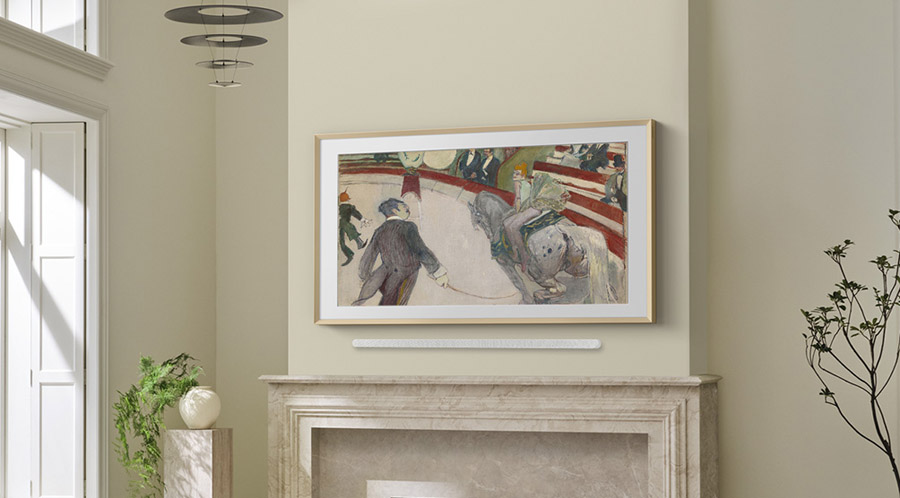
The Frame Pro Pricing
- 85” Class The Frame Pro – $4,299 at Samsung | Amazon
- 75” Class The Frame Pro – $3,199 at Samsung | Amazon
- 65” Class The Frame Pro – $2,199 at Samsung | Amazon
Two More Soundbars for 2025
Samsung also announced pricing for two additional soundbars for 2025, joining the previously announced models, the HW-Q990F flagship and HW-Q800F. The newly announced HW-Q900F is classified as a “7.1.2-channel system” but does not include rear speakers. Rear and side surround duties are handled via reflective side-firing drivers in the bar itself. Rear surround speakers can be added for more immersive surround sound.
The budget-priced HW-QS700F offers a unique dual-orientation option which allows the owner to place it horizontally on a TV stand or credenza or mount it vertically against a wall for a slimmer profile. The bar detects which orientation it’s in and adjusts the speaker drivers for optimum performance in each orientation. The QS700F is a 3.1.2-channel bar with up-firing drivers and a powered subwoofer. You can add rear speakers or Samsung’s Music Frame speakers for more immersive surround sound.
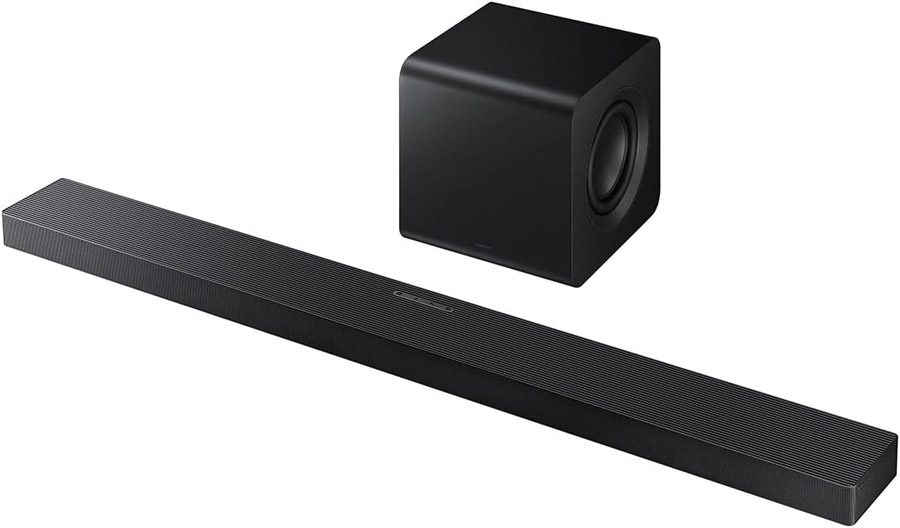
Samsung’s 2025 Soundbars will be among the first on the market to decode the new Eclipsa Audio open standard immersive surround sound format, launched through a partnership with Google, Samsung, THX and others. They can also decode existing immersive surround sound formats including Dolby Atmos and DTS:X.
Samsung 2025 Soundbars Pricing:
- HW-Q900F soundbar w/subwoofer – $1,399 at Samsung | Amazon
- HW-QS700F soundbar w/subwoofer – $699 at Samsung | Amazon
The Bottom Line
Samsung’s flagship OLED pricing (S95F) is in line with what LG is charging for their G5 flagship OLED and actually significantly lower than what Sony has announced for their flagship OLED TV. It will be interesting to see these models head to head for comparison as they all offer offer impressive picture performance (based on my viewing of the Samsung OLED TV at CES and both the Sony and LG TVs at press events earlier this year). In particular, as seen in our CES video, Samsung’s glare free screen was noticeably improved in 2025, which improves bright room viewing significantly. Those who want the performance of OLED without the glare-free screen option can choose the S90F or S85F OLED TVs instead.
The Frame Pro should appeal to those who like the form factor of an “artwork TV” but seek higher picture performance than what the standard Frame TV can offer. And Samsung’s new soundbars should be popular, particularly with their unique ability to decode the new Eclipsa Audio format, in addition to Dolby Atmos and DTS:X.
For more of our opinions on Samsung’s OLED and Frame Pro TVs, come on back on April 14th.
Related Reading:


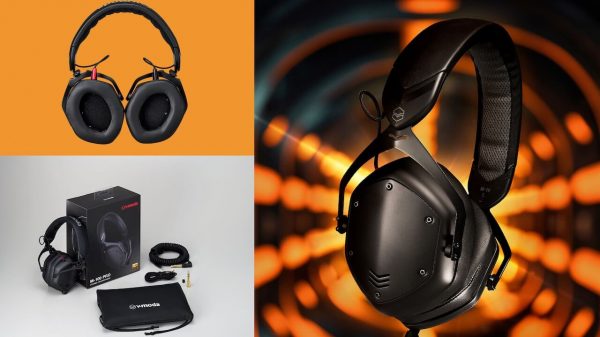
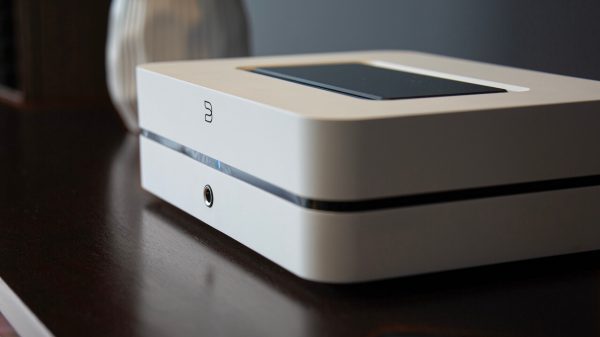
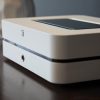
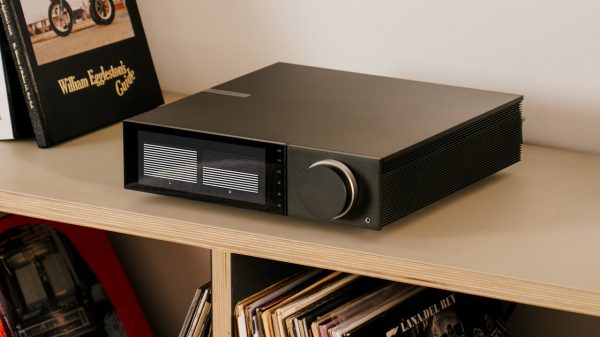
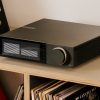


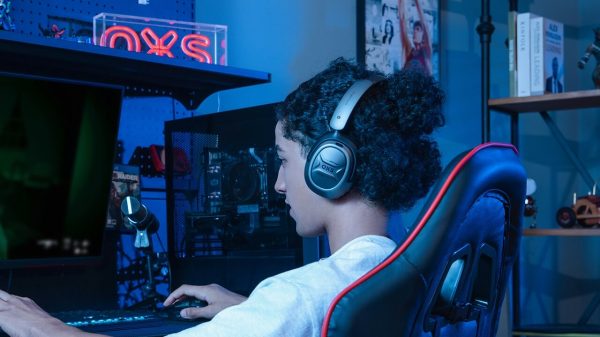
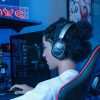
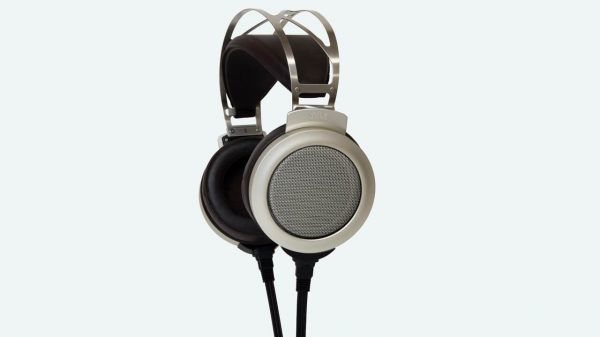
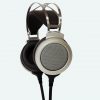
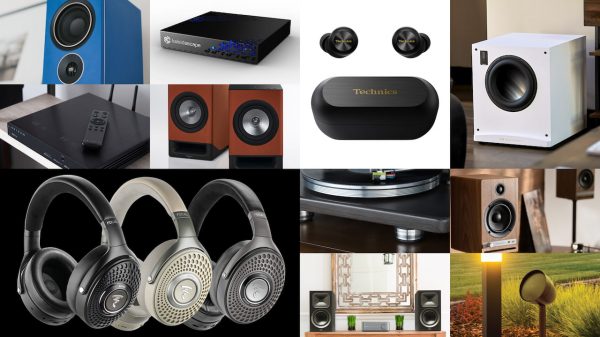

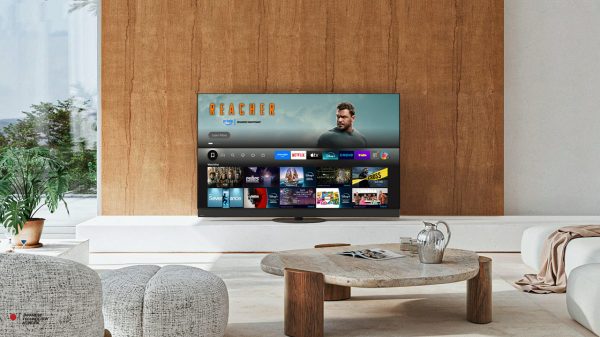
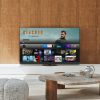

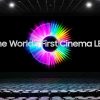

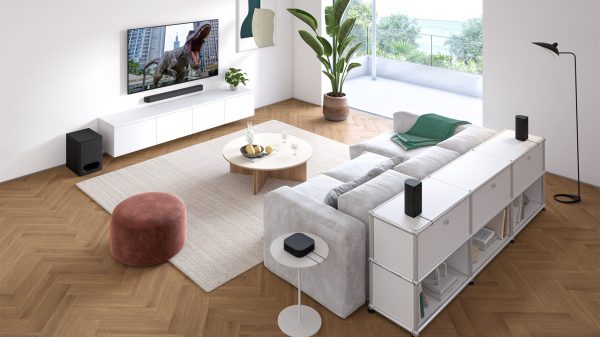
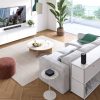
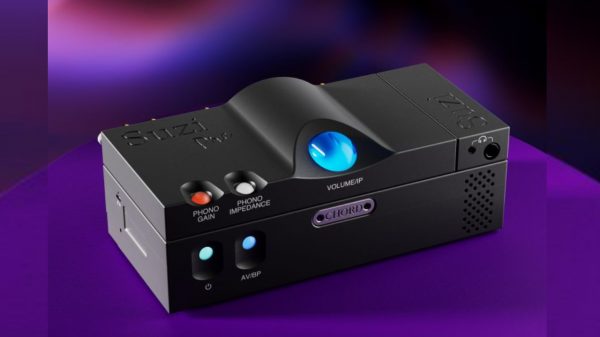
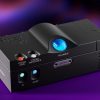
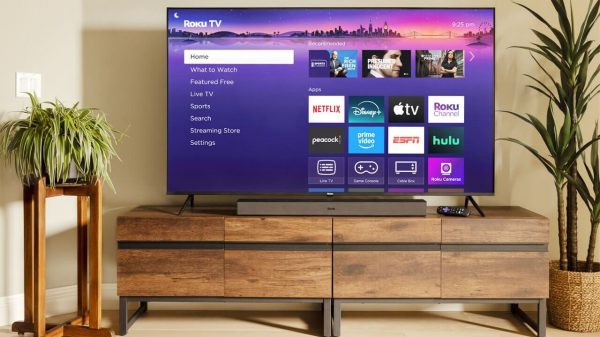













Anton Warhol IV
April 11, 2025 at 1:43 am
The Frame Pro intrigues me but I wonder if the image quality is comparable to their better TVs considering the price
Ian White
April 11, 2025 at 2:00 am
I’m also very intrigued by the Frame Pro. It looks more like an actual painting and if the image quality has improved over the previous generation — this could be the art frame TV to buy.
Not sure that an 85″ one wouldn’t look too big unless the wall was huge.
IW
Chris Boylan
April 19, 2025 at 9:38 pm
Get the 85 inch Frame Pro for your cabin. You could use it as a wall and make another bedroom.
Ian White
April 20, 2025 at 11:03 am
It’s wider than the room. LOL
Home #2 perhaps. But it wouldn’t fit anywhere inside the cabin.